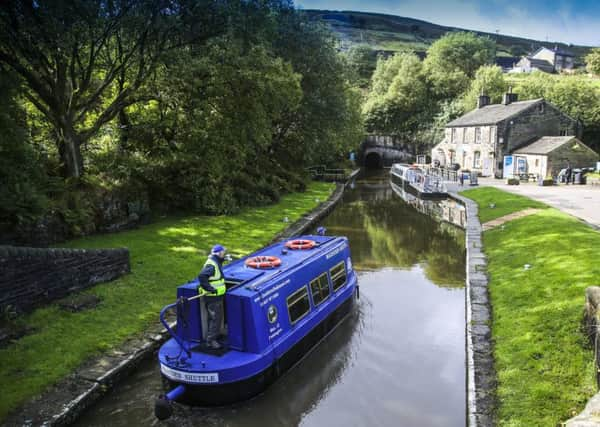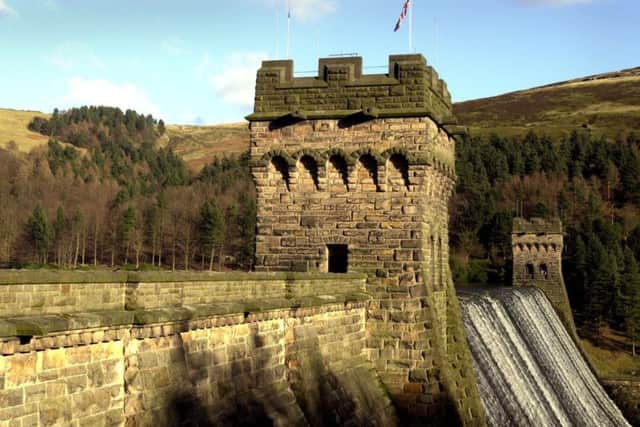Huddersfield Narrow Canal among the world's top 200 engineering projects


Now the Hudderfield Narrow Canal, and the five kilometre-king Standedge Tunnel that burrows beneath the Pennines from Marsden to Diggle, has been named as one of the top 200 influential people and projects, past and present, which illustrate how civil engineering has shaped the world and transformed people’s lives for the better.
The accolade, given by the Institution of Civil Engineers (ICE) to mark its 200th anniversary and the Government’s Year of Engineering, champions “inspirational and world-changing projects” from around the world, and has already been bestowed upon the Humber Bridge, York Railway Station and Blackpool Tower in the UK.
Advertisement
Hide AdAdvertisement
Hide AdThe canal, which was restored as a tourist attraction in 2001, was once a key part of the country’s transport network, at a time when railways and motorways were still to come. The tunnel was not only the highest in the country at 32km, but also the deepest and the longest.


Work began on the project in 1796, when Huddersfield’s mills were producing cotton, wool and other textiles, and a solution was needed to get the products out of West Yorkshire, across the north and beyond.
However, the early years of the project were beset by problems, and costs overrun, and in 1807 civil engineer Thomas Telford was brought in to “create the tunnel we know today,” Helen Braidwood, civil engineer for the Canal and River Trust, said.
“In the 1800s, the canal network was basically like our motorways today, used to get everything to and from towns and cities,” she said. “It was a very slow system because nothing was powered, there was no petrol to power the boats, everything was horse drawn, so the tow paths at the side of the canal were designed for the horses to walk along.
Advertisement
Hide AdAdvertisement
Hide Ad“At Standedge Tunnel, there isn’t a tow path through the tunnel because of the extra costs they would have incurred and the extra engineering that would have been involved to create a bigger space. So that what they used to do, was when the boats got to Marsden, then the boats would go through the tunnel and the horses would be walked over the top of the Pennines.”
To get the boats through, men would lie on top of the canal boats and use their feet to “walk” along the roof of the tunnel, known as legging.
It would take up to four hours or a boat full of cargo to get through the tunnel, and at its peak 40 boats a day would use it.
“It brought a lot of industry to the area, and a lot of people too,” Ms Braidwood said.
Advertisement
Hide AdAdvertisement
Hide AdThe canal, and the tunnel, is now used for boat trips, and visitors can experience what it was like to travel through the tunnel 200 years ago.
Ms Braidwood, the civil engineer in charge of overseeing the canal today, added: “Civil engineers are the ones that designed and oversaw the construction of the Huddersfield canal and it’s fantastic to see this being identified as one of the 200 People and Projects.”
SYDNEY Opera House, the West Sole Gas Platforms and Derwent Valley Reservoirs. All have one thing in common - civil engineers.
They have been chosen to help inspire the next generation of civil engineers by ICE. Engineering knowledge director Nathan Baker said: “Our research has shown that the majority of both adults and young people don’t know what a civil engineer does and most can’t identify a single UK civil engineering project. We aim to change these perceptions, explaining not just the importance of civil engineering but how it has directly transformed people’s lives.”